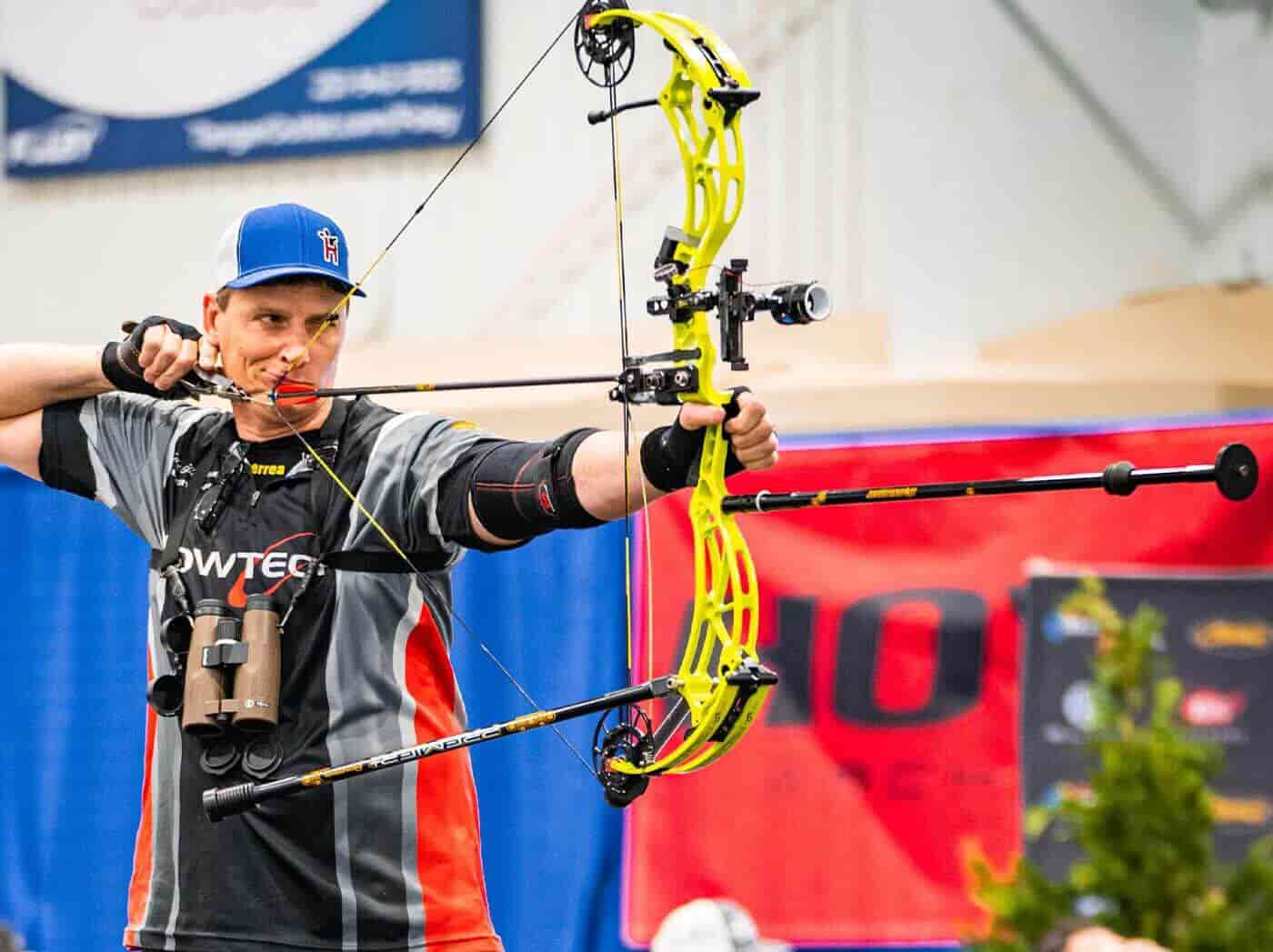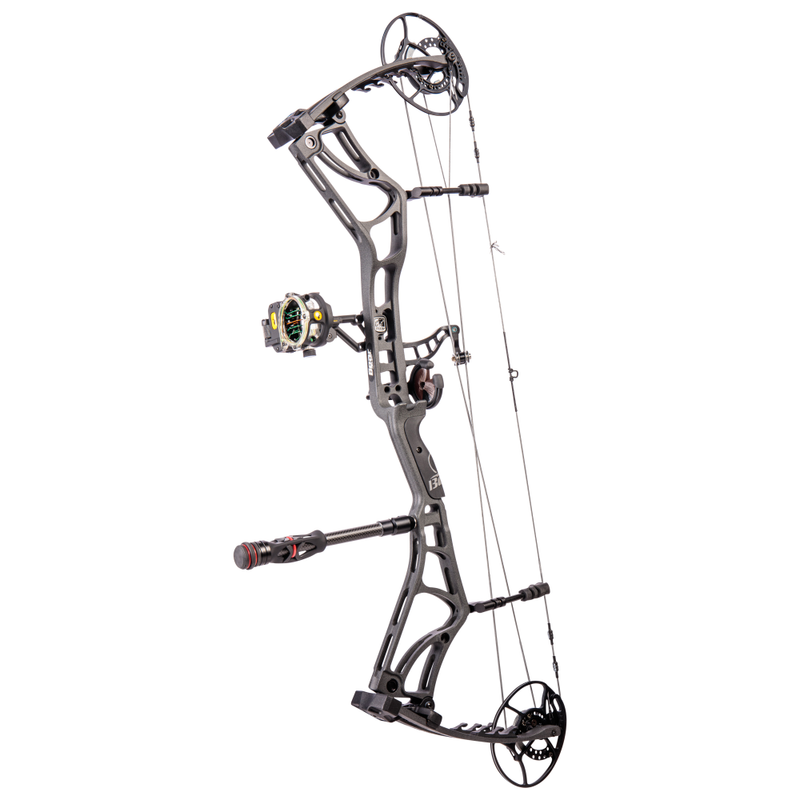Achieve Stability in Your Shot: Understanding Archery Stabilizers
Achieve Stability in Your Shot: Understanding Archery Stabilizers
Blog Article
Optimize Your Archery Performance With the Perfect Stabilizer: a Detailed Purchaser's Guide
In this detailed buyer's guide, we will discover the different kinds of stabilizers, crucial factors to take into consideration, the value of proper size and weight, selecting the ideal damping system, and maintenance ideas. Whether you're a seasoned archer or simply beginning out, this guide will certainly help you navigate the globe of stabilizers and maximize your archery efficiency.
Kinds of Stabilizers
There are 3 primary types of stabilizers frequently used in archery performance. These stabilizers play a crucial function in enhancing precision and reducing bow torque. The first kind is the lengthy rod stabilizer.
The 2nd kind of stabilizer is the side rod stabilizer. Side rod stabilizers are attached to the side of the bow and help counterbalance any side motions.
The 3rd kind of stabilizer is the V-bar stabilizer. V-bar stabilizers are commonly used in combination with side rod stabilizers to even more enhance security. They affix to the side and the bow poles, producing a triangular configuration that distributes weight equally. This arrangement assists lower oscillations and vibrations, causing a smoother and a lot more controlled shot.
Comprehending the different types of stabilizers is important when picking the appropriate equipment to maximize archery efficiency. Each stabilizer kind serves a specific objective, and choosing the ideal combination can significantly improve precision and consistency on the array or in the field.
Trick Aspects to Consider

Firstly, it is important to consider the length and weight of the stabilizer. Longer stabilizers offer boosted security and equilibrium, while much shorter ones supply even more ability to move. The weight of the stabilizer influences the total equilibrium of the bow, and it is necessary to find a stabilizer that complements the weight of your bow.
Another critical factor to consider is the material of the stabilizer. Stabilizers are frequently made from light weight aluminum, carbon, or a combination of both. Aluminum stabilizers are resilient and give superb resonance moistening, while carbon stabilizers are light-weight and offer remarkable resonance absorption.
Furthermore, it is essential to examine the design and adjustability of the stabilizer. Some stabilizers include adjustable weights and dampeners, allowing you to tailor the balance and resonance control. In addition, taking into consideration the placing choices and compatibility with your bow is necessary to make sure a appropriate and protected fit.
Last but not least, budget plan is a considerable aspect to take into consideration. Stabilizers can be found in an array of costs, and it is crucial to locate one that fits within your budget while still meeting your performance requirements.
Importance of Appropriate Size and Weight

Appropriate length and weight are vital elements that substantially impact the performance of an archery stabilizer. The length of the stabilizer determines its efficiency in minimizing bow torque and vibrations. archery stabilizer. Longer stabilizers supply higher stability and balance, leading to improved precision and consistency in arrowhead trip. On the other hand, much shorter stabilizers are much more manoeuvrable and offer better control throughout quick target purchase. It is important to take into consideration the shooting style, target range, and personal preference when choosing the length of a stabilizer.
In a similar way, the weight of the stabilizer plays a crucial function in achieving check that optimal performance. A heavier stabilizer absorbs a lot more resonance and decreases bow motion during the shot, causing a steadier purpose and tighter groups. However, a stabilizer that is as well heavy can trigger fatigue and influence the shooter's capability to hold steady. It is necessary to strike an equilibrium between weight and maneuverability to promote comfy capturing and preserve uniformity.
In addition, the length and weight of the stabilizer must be suitable with the archer's physical toughness and capturing strategy. By choosing the appropriate length and weight, archers can optimize their stability, minimize bow torque, boost accuracy, and boost general performance. It is advised to talk to seasoned archers or experts to ensure the finest suit between the stabilizer and individual capturing needs.
Selecting the Right Damping System
The selection of a suitable damping system is critical in enhancing the performance of an archery stabilizer. A damping system is created to decrease the vibrations and sound produced when an arrow is launched, offering the archer with an extra exact and secure shot. There are a number of elements to consider when selecting the appropriate damping system for your stabilizer.
Firstly, it is very important to take into consideration the kind of material used in the damping system. Rubber and rubber-like products see post are commonly utilized due to their capacity to soak up vibration properly. These materials are light-weight and additionally durable, making them optimal for archery stabilizers.
Secondly, the layout of the damping system needs to be thought about (archery stabilizer). Seek a system that offers numerous contact factors with the stabilizer, as this will certainly disperse the vibrations extra equally and better improve the stabilizer's effectiveness
Additionally, take into consideration the adjustability of the damping system. Having the ability to tweak the degree of damping can be helpful, as various archers may have varying choices and shooting designs.
Finally, it is necessary to make sure that the chosen damping system is compatible with your stabilizer. Inspect the requirements and dimensions to make certain a correct fit.
Upkeep and Treatment Tips
To make certain optimum performance and longevity of your archery stabilizer, it is important to apply proper maintenance and treatment techniques. Normal maintenance not only avoids wear and tear but also assists determine any kind of prospective problems before they become significant troubles. Among the initial steps in maintaining your stabilizer is to clean it on a regular basis. Use a soft cloth or brush to get rid of dust, Discover More dirt, and debris from the stabilizer and its parts. Pay special interest to the weight system, as dirt can accumulate in the threads and influence its functionality. In addition, evaluate all the components of the stabilizer for any indications of damages or wear, such as cracks or loose screws. It is critical to address them without delay to prevent additional damages if any concerns are found. Lubing the relocating components of the stabilizer, such as the dampers and weight system, is additionally crucial to ensure smooth procedure. Make use of a high-quality lubricant advised by the manufacturer and adhere to the guidelines given. Store your stabilizer in an amazing, completely dry location away from direct sunlight and severe temperature levels to avoid warping or other damages. By following these upkeep and treatment pointers, you can make best use of the efficiency and longevity of your archery stabilizer.
Verdict
Finally, choosing the appropriate stabilizer for archery is essential for optimizing efficiency. By taking into consideration elements such as stabilizer kind, length, weight, and damping system, archers can improve their precision and security. In addition, correct maintenance and treatment of the stabilizer is vital for its long life and ideal performance. With the ideal stabilizer and correct focus to these elements, archers can enhance their overall archery experience.
The second type of stabilizer is the side rod stabilizer.The third type of stabilizer is the V-bar stabilizer. V-bar stabilizers are commonly made use of in conjunction with side pole stabilizers to further improve stability. The weight of the stabilizer impacts the overall equilibrium of the bow, and it is important to discover a stabilizer that matches the weight of your bow.
Light weight aluminum stabilizers are durable and offer superb vibration wetting, while carbon stabilizers are lightweight and deal remarkable resonance absorption.
Report this page